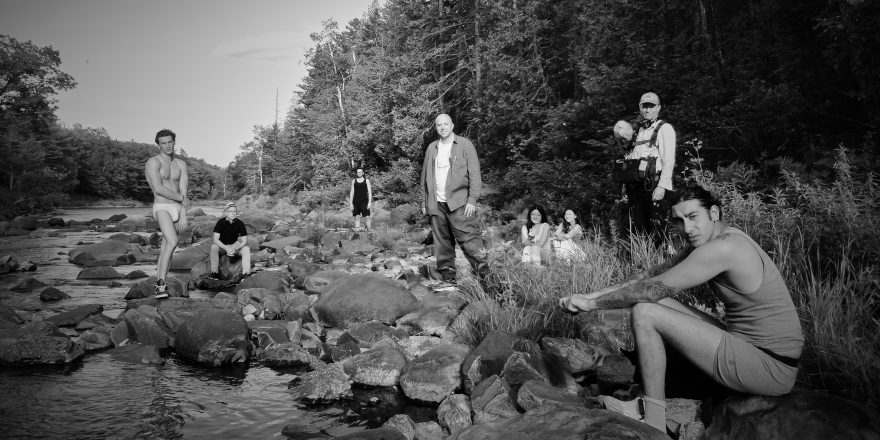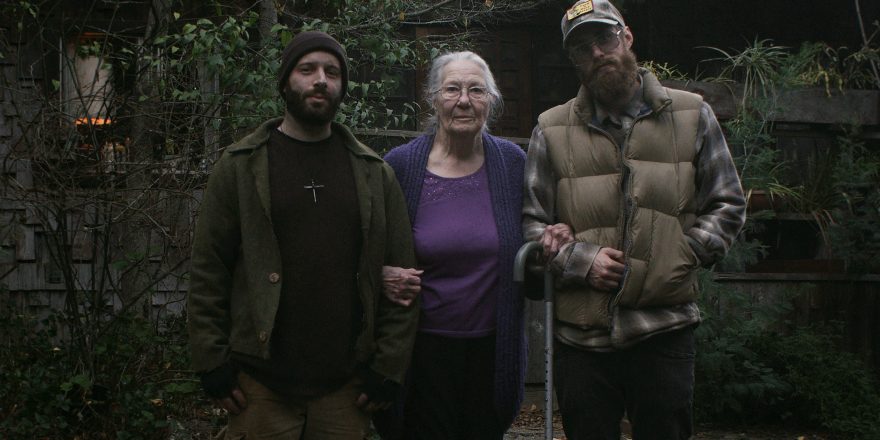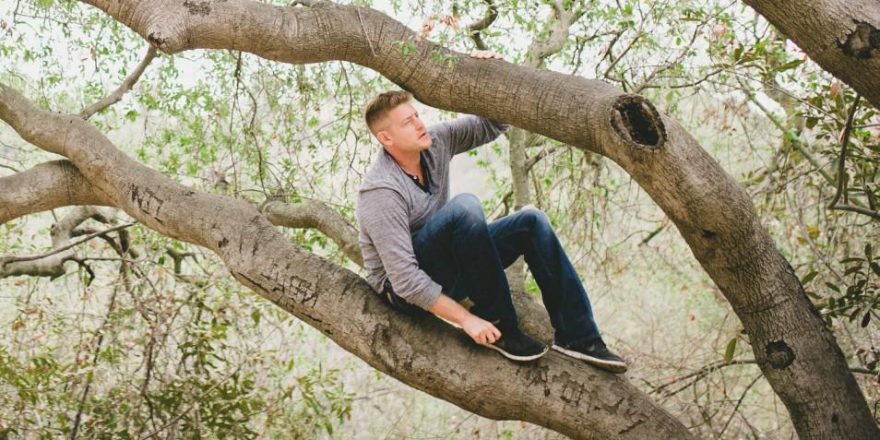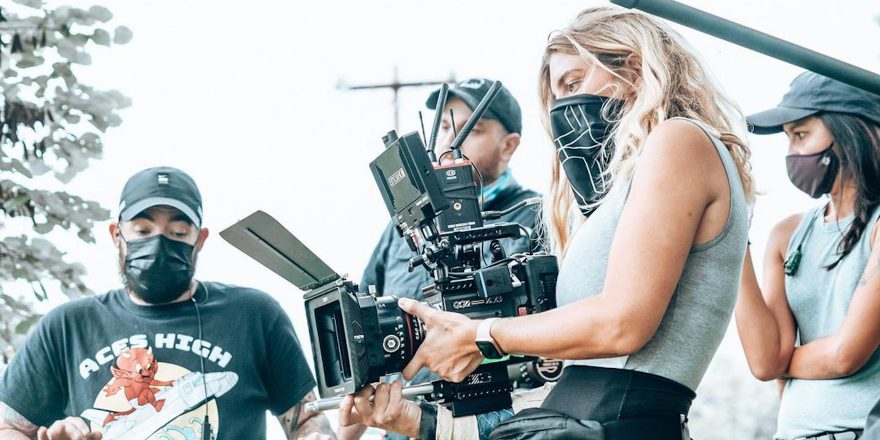Most beginning filmmakers have some sort of plan lurking in the back of their brains as they think about their “career.” Even if they keep it to themselves, there’s a tried and true sequence of events that lead to the opportunities we’re conditioned to long for as storytellers.
Building blocks that stack neatly and have become easy to understand.
You start with some short films. Some of them awful. Some not half bad. Maybe even a great one. When shorts aren’t enough, you piece together a scrappy indie feature and shoot it with friends and family, financing on credit cards and solving your problems “guerrilla style.”
You then build on the momentum and buzz created by that first film (OK, maybe no one sees that first film, but you keep at it) until “they” take notice.
They” could mean financiers or studios or producers. “They” could be someone with the keys to a franchise or A-List access.
Conventional wisdom states that after “paying your dues” and putting in your time as an indie filmmaker, you’re somehow eventually rewarded by “leveling up” and finally getting to play with the big guns.
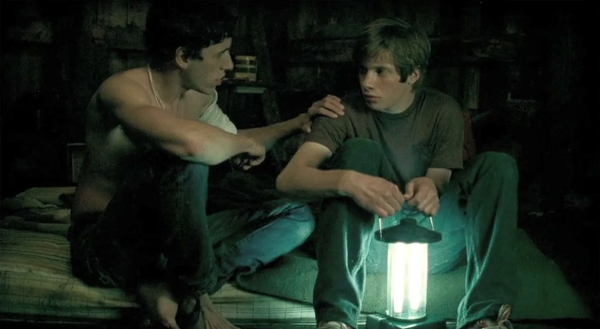
It’s happened this way more times than you can count – and there are countless indie auteurs at the helm of huge Hollywood projects.
But sometimes things don’t go as planned.
After my first short film, Bugcrush, I thought maybe I’d follow this trajectory I’d read so much about.
I hoped I’d get the chance to make my first feature. I’d pour my heart into some tiny queer horror passion project and recreate the euphoria I’d felt making Bugcrush.
I’m not saying I didn’t pour my heart into my first feature, The Ruins – I did. It was one of the most exhilarating and exhausting and overwhelming experiences of my life.
It was also a big studio movie.
Not big like hundreds of millions superhero big, but big like we built a Mayan ruin from scratch in the Australian jungle (with an elevator inside to bring cast and crew to the top!)
Pretty fucking big for someone who’d never made a feature before.
And it was not the first feature I’d imagined.
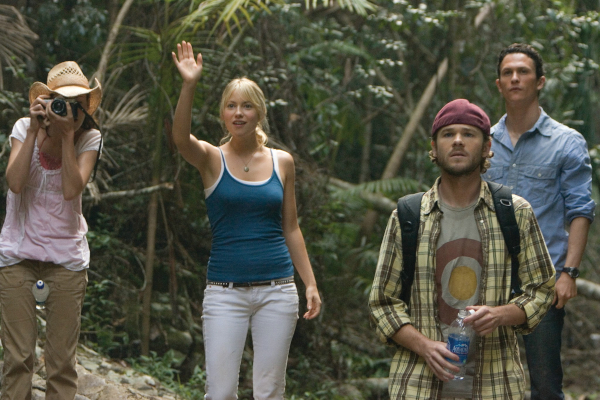
After almost a year of meetings, DreamWorks had finally been won over by my pitch on the project. (They’d also gotten more than a few passes from other directors.) I finally got the call: I’d got the job.
I’d never thought about filmmaking as a “job.”
I’d only gotten the chance to do it once and knew I’d found what I wanted to do forever – but there wasn’t really a part of me that thought it was something I’d get hired for.
I wanted to make those scrappy indies I’d read about. Where someone’s mom does the catering and all of the locations are “stolen.”
But that’s not what happened.
The Ruins cost millions and opened on thousands of cineplex screens and I was in filmmaker heaven.
For a while.
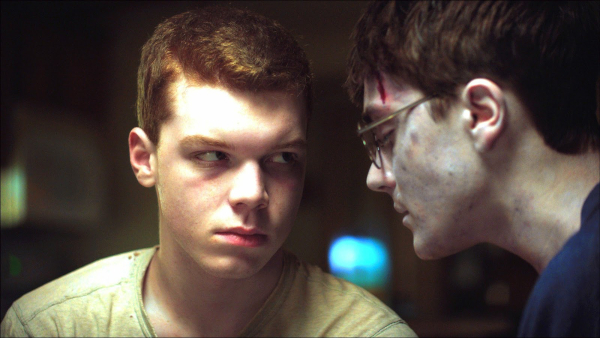
But after too many years of developing projects and pitching for jobs, I realized that what I wanted most was to do something of my own.
Something where I didn’t have to lure investors with elaborate lookbooks and the promise of foreign sales-friendly casting.
I wanted to make that tiny little indie I’d never gotten the chance to make. I was sick of waiting for “permission” to tell the stories I wanted to tell.
And that’s how my new film, Swallowed, was born.
It’s the queer horror indie that would have been my first film in some parallel universe.
The type of film where the entire cast and crew could fit in one 15-passenger van (if we’d even had that 15-passenger van – which we didn’t).
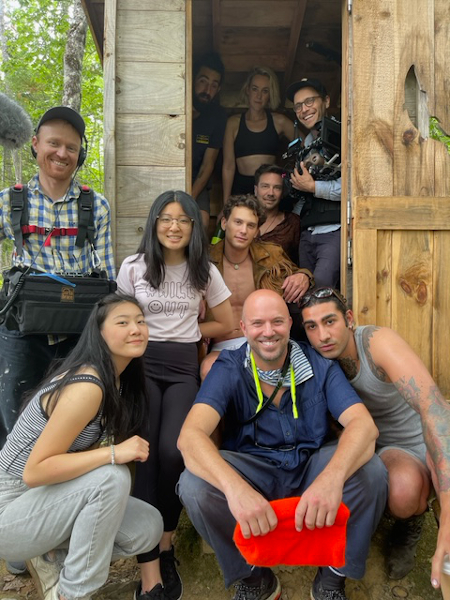
I wasn’t thinking about foreign sales when I wrote it. Or the notes I might get from some higher-ups who held the purse strings.
We made Swallowed in remote northern Maine at a location without internet, cell service, electricity – or even flushing toilets. Everyone in the cast and crew pitched in and wore more hats than you would on a “normal” film. My editor (who is also my sound designer) came on the shoot to act as script supervisor (a job he’d never done before). Our costume designer also did hair and makeup, animatronic puppeteering, and even stepped in as a stunt double when it became clear we needed one. We had one amazing camera assistant who was also our gaffer, grip, electric and B camera operator. I wrote and directed, sure – but I also spent the weeks before the shoot cooking and freezing meals that could be easily reheated in slow cookers after a long, hard day on set.
I knew it would be a grueling and difficult shoot.
But what surprised me the most was how exhilarating the process was. When your crew consists of only eight people, you gain a sort of freedom I’d never experienced on set before.
We became this tight little creative knot of a team. All of us pouring our hearts into this movie that we were 100 percent committed to.
The movie we made in those backwoods was exactly the movie I set out to make. Yes, some things didn’t go as planned, and of course, it would have been nice to have some extra resources to play with.
But I wouldn’t trade the experience for anything.
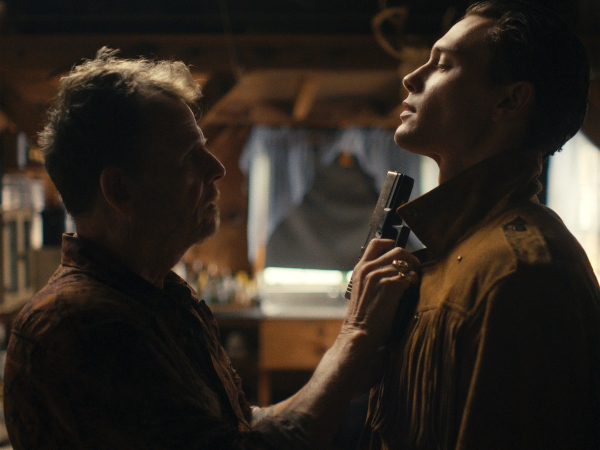
The pure joy of filmmaking freedom is something you don’t often get when it’s your “job.”
Jobs are important. All of us have bills to pay and responsibilities to live up to.
But filmmaking can be more than a job. It can be art. And I think as filmmakers, we owe it to ourselves to explore what that looks like – even if it means taking a step “backwards” in terms of budget level or scale of production.
My “art” took the form of a dark little queer-indie-backwoods-body-horror-thriller – and it left me hungry for more.
Now that I know I can make a movie like Swallowed, it opens a world of possibilities and means I’ll never have to wait for “permission” to tell the stories I want to tell again.
Featured image shows writer-director Carter Smith (center) with actor Cooper Koch, editor Eric Nagy, costume designer Rob Younkers, production assistants Dora Wang and Liyae Yang, sound mixer Ashley Kotzur and actor Jose Colon on the set of Swallowed; photo by Zachary Kertesz, courtesy Momentum Pictures.



